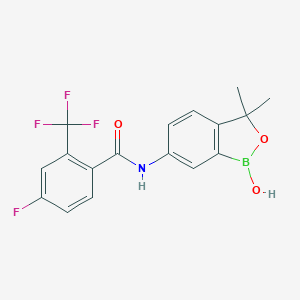
-
4-氟-N-(1-羟基-3,3-二甲基-1,3-二氢苯并[C][1,2]噁硼戊环-6-基)-2-(三氟甲基)苯甲酰胺
- names:
Acoziborole
- CAS号:
1266084-51-8
MDL Number: MFCD03990453 - MF(分子式): C17H14BF4NO3 MW(分子量): 367.1
- EINECS:No data available Reaxys Number:506437-71-4
- Pubchem ID:44178354 Brand:BIOFOUNT
| 货品编码 | 规格 | 纯度 | 价格 (¥) | 现价(¥) | 特价(¥) | 库存描述 | 数量 | 总计 (¥) |
|---|---|---|---|---|---|---|---|---|
| YZM000782-5mg | 5mg | 99.64% | ¥ 9112.00 | ¥ 9112.00 | 2-3天 | ¥ 0.00 | ||
| YZM000782-1mg | 1mg | 99.64% | ¥ 4387.50 | ¥ 4387.50 | 2-3天 | ¥ 0.00 |
| 中文别名 | 4-氟-N-(1-羟基-3,3-二甲基-1,3-二氢苯并[C][1,2]噁硼戊环-6-基)-2-(三氟甲基)苯甲酰胺(Acoziborole,1266084-51-8);阿哥兹伯勒 |
| 英文别名 | Acoziborole(4-氟-N-(1-羟基-3,3-二甲基-1,3-二氢苯并[C][1,2]噁硼戊环-6-基)-2-(三氟甲基)苯甲酰胺,1266084-51-8) |
| CAS号 | 1266084-51-8 |
| SMILES | O=C(NC1=CC=C2C(C)(C)OB(O)C2=C1)C3=CC=C(F)C=C3C(F)(F)F |
| Inchi | InChI=1S/C17H14BF4NO3/c1-16(2)12-6-4-10(8-14(12)18(25)26-16)23-15(24)11-5-3-9(19)7-13(11)17(20,21)22/h3-8,25H,1-2H3,(H,23,24) |
| InchiKey | PTYGDEXEGLDNAZ-UHFFFAOYSA-N |
| 分子式 Formula | C17H14BF4NO3 |
| 分子量 Molecular Weight | 367.1 |
| 闪点 FP | 198.9±25.0°摄氏度 |
| 熔点 Melting point | No data available |
| 沸点 Boiling point | 760毫米汞柱时606.9±55.0°C |
| Polarizability极化度 | 49.3±0.5 10-24cm3 |
| 密度 Density | 1.2±0.1 g/cm3 |
| 蒸汽压 Vapor Pressure | 0.0±3.7 mmHg at 25°C |
| 溶解度Solubility | |
| 性状 | 固体粉末,Power |
| 储藏条件 Storage conditions | -20°C 3 years年 4°C 2 years年 / In solvent溶液中:-80°C 6 months月 -20°C 1 month月 |
1.实验前需戴好防护眼镜,穿戴防护服和口罩,佩戴手套,避免与皮肤接触。
2.实验过程中如遇到有毒或者刺激性物质及有害物质产生,必要时实验操作需要手套箱内完成以免对实验人员造成伤害
3.实验后产生的废弃物需分类存储,并交于专业生物废气物处理公司处理,以免造成环境污染Experimental considerations:
1. Wear protective glasses, protective clothing and masks, gloves, and avoid contact with the skin during the experiment.
2. The waste generated after the experiment needs to be stored separately, and handed over to a professional biological waste gas treatment company to avoid environmental pollution.
Tag:4-氟-N-(1-羟基-3,3-二甲基-1,3-二氢苯并[C][1,2]噁硼戊环-6-基)-2-(三氟甲基)苯甲酰胺MSDS,4-氟-N-(1-羟基-3,3-二甲基-1,3-二氢苯并[C][1,2]噁硼戊环-6-基)-2-(三氟甲基)苯甲酰胺蒸汽压,4-氟-N-(1-羟基-3,3-二甲基-1,3-二氢苯并[C][1,2]噁硼戊环-6-基)-2-(三氟甲基)苯甲酰胺合成,4-氟-N-(1-羟基-3,3-二甲基-1,3-二氢苯并[C][1,2]噁硼戊环-6-基)-2-(三氟甲基)苯甲酰胺标准,4-氟-N-(1-羟基-3,3-二甲基-1,3-二氢苯并[C][1,2]噁硼戊环-6-基)-2-(三氟甲基)苯甲酰胺应用,4-氟-N-(1-羟基-3,3-二甲基-1,3-二氢苯并[C][1,2]噁硼戊环-6-基)-2-(三氟甲基)苯甲酰胺合成,4-氟-N-(1-羟基-3,3-二甲基-1,3-二氢苯并[C][1,2]噁硼戊环-6-基)-2-(三氟甲基)苯甲酰胺沸点,4-氟-N-(1-羟基-3,3-二甲基-1,3-二氢苯并[C][1,2]噁硼戊环-6-基)-2-(三氟甲基)苯甲酰胺闪点,4-氟-N-(1-羟基-3,3-二甲基-1,3-二氢苯并[C][1,2]噁硼戊环-6-基)-2-(三氟甲基)苯甲酰胺用途,4-氟-N-(1-羟基-3,3-二甲基-1,3-二氢苯并[C][1,2]噁硼戊环-6-基)-2-(三氟甲基)苯甲酰胺溶解度,4-氟-N-(1-羟基-3,3-二甲基-1,3-二氢苯并[C][1,2]噁硼戊环-6-基)-2-(三氟甲基)苯甲酰胺价格,4-氟-N-(1-羟基-3,3-二甲基-1,3-二氢苯并[C][1,2]噁硼戊环-6-基)-2-(三氟甲基)苯甲酰胺作用,4-氟-N-(1-羟基-3,3-二甲基-1,3-二氢苯并[C][1,2]噁硼戊环-6-基)-2-(三氟甲基)苯甲酰胺结构式,4-氟-N-(1-羟基-3,3-二甲基-1,3-二氢苯并[C][1,2]噁硼戊环-6-基)-2-(三氟甲基)苯甲酰胺用处,4-氟-N-(1-羟基-3,3-二甲基-1,3-二氢苯并[C][1,2]噁硼戊环-6-基)-2-(三氟甲基)苯甲酰胺毒理性质,4-氟-N-(1-羟基-3,3-二甲基-1,3-二氢苯并[C][1,2]噁硼戊环-6-基)-2-(三氟甲基)苯甲酰胺物理性质
| 产品说明 | 4-氟-N-(1-羟基-3,3-二甲基-1,3-二氢苯并[C][1,2]噁硼戊环-6-基)-2-(三氟甲基)苯甲酰胺(Acoziborole,1266084-51-8)可安全按有效地用于治疗人类非洲锥虫病 (HAT) |
| Introduction | Acoziborole(4-氟-N-(1-羟基-3,3-二甲基-1,3-二氢苯并[C][1,2]噁硼戊环-6-基)-2-(三氟甲基)苯甲酰胺,1266084-51-8) is an effective, safe and orally active treatment for human african trypanosomiasis (HAT). |
| Application1 | Acoziborole(4-氟-N-(1-羟基-3,3-二甲基-1,3-二氢苯并[C][1,2]噁硼戊环-6-基)-2-(三氟甲基)苯甲酰胺,1266084-51-8)A trypanocidal agent |
| Application2 | |
| Application3 |
| 警示图 | |
| 危险性 | warning |
| 危险性警示 | Not available |
| 安全声明 | H303吞入可能有害+H313皮肤接触可能有害+H2413吸入可能对身体有害 |
| 安全防护 | P264处理后彻底清洗+P280戴防护手套/穿防护服/戴防护眼罩/戴防护面具+P305如果进入眼睛+P351用水小心冲洗几分钟+P338取出隐形眼镜(如果有)并且易于操作,继续冲洗+P337如果眼睛刺激持续+P2393获得医疗建议/护理 |
| 备注 | 实验过程中防止吸入、食入,做好安全防护 |
| Evaluation of the in vitro trypanocidal activity of methylated flavonoid constituents of Vitex simplicifolia leaves BMC Complementary and Alternative Medicine 2015/PMID: 25886869 |
| Update on human African trypanosomiasis (sleeping sickness) Journal of Neurology 2019/PMID: 31209574 |
| Silver Nanoparticles for Treatment of Neglected Diseases Metal Nanoparticles in Pharma 2017 |
| New T b gambiense strategies potentially cost effective PharmacoEconomics & Outcomes News 2016 |
| From Molecule to Drug Molecular Parasitology 2016 |
Human African Trypanosomiasis (HAT)
Abstract:Human African trypanosomiasis (HAT) found only in sub-Saharan Africa is caused by the parasite Trypanosoma brucei which is transmitted by tsetse flies. Only two subspecies of T.brucei are pathogenic for humans: T.b. gambiense and T.b. rhodesiense. HAT is endemic in 36 sub-Saharan countries, and 98 % of all reported HAT cases are due to T. b. gambiense. Sixty-nine million persons in Africa are at risk of HAT. The number of HAT cases reported globally decreased fivefold in the last decade which has encouraged WHO to set a target to eliminate HAT as a public health problem by the year 2020, aiming for zero transmission by the year 2030. Tsetse flies do not lay eggs, but the female fly deposits a single mature larva in humid soil. The larva pupates and emerges as an adult fly 20–80 days later. A female fly produces only three to five larvae during her lifetime that typically lasts for 3 months, making the intrinsic growth rate of tsetse populations rather low. An infected tsetse fly injects the infective form of the parasites into the mammalian host when it feeds. These parasites undergo, and are able to switch, their antigenic variation of their variant surface glycoprotein (VSG) coat, allowing them to escape the host immune response. This phenomenon of antigenic variation makes the development of an effective vaccine unlikely. The disease affects mainly the lymphoid system, heart, lungs and brain manifesting as intermittent fever, general malaise, severe headache, joint pains and muscle aches, pruritus, urticaria or facial oedema. Lymphadenopathy is common with the classical Winterbottom’s sign. Patients with the meningo-encephalitic stage suffer continuous headaches with poor response to painkillers and show more specific neurological signs of the rather typical sleep disturbances. Diagnosis of HAT is a three-step procedure: (i) screening test to identify HAT suspects, (ii) confirmatory parasitological tests and (iii) staging. Treatment is based on the stage of illness, current options being pentamidine, suramin, melarsoprol, eflornithine and the nifurtimox-eflornithine combination therapy (NECT). Two strategies are used for the reduction or interruption of HAT transmission: elimination of the parasite reservoir and vector control. This last decade has seen several breakthroughs in clinical R&D for HAT, bringing new diagnostics and drugs to patient care, but effective and efficient implementation of these new tools in HAT control and proper treatment of patients will require further research.
- 相关产品
-
< >
- 推荐产品
-
< >
- 最新产品
-
< >
新闻
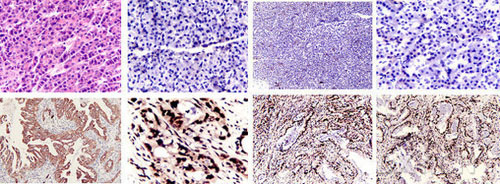
怎么做细胞爬片免疫组化染色实验
细胞爬片免疫组化染色,是通过细胞爬片是让玻片浸在细胞培养基内,细胞在玻片上生长,主要用于组织学,免疫组织化学...
2020/7/20 22:04:33
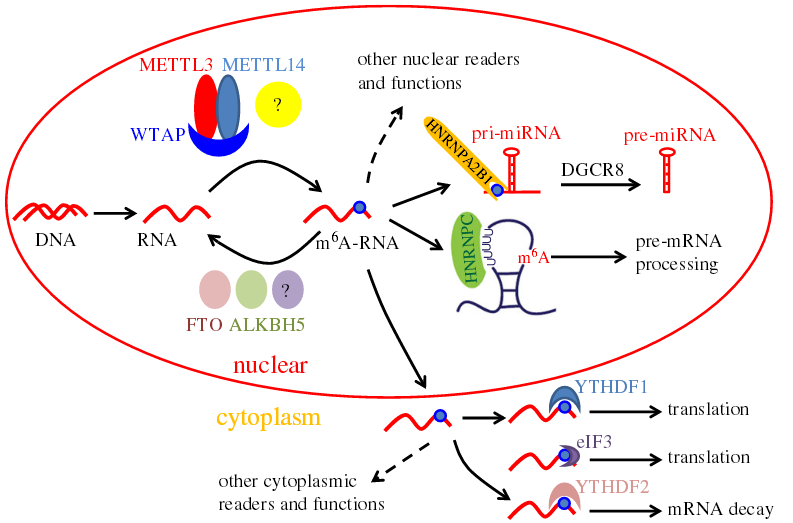
提取病毒RNA的实验方法
提取病毒RNA方法分别有:异硫氰酸胍的提取病毒RNA方法、TRIzol LS提取法、Trizol法提取法等等...
2020/7/22 20:29:26
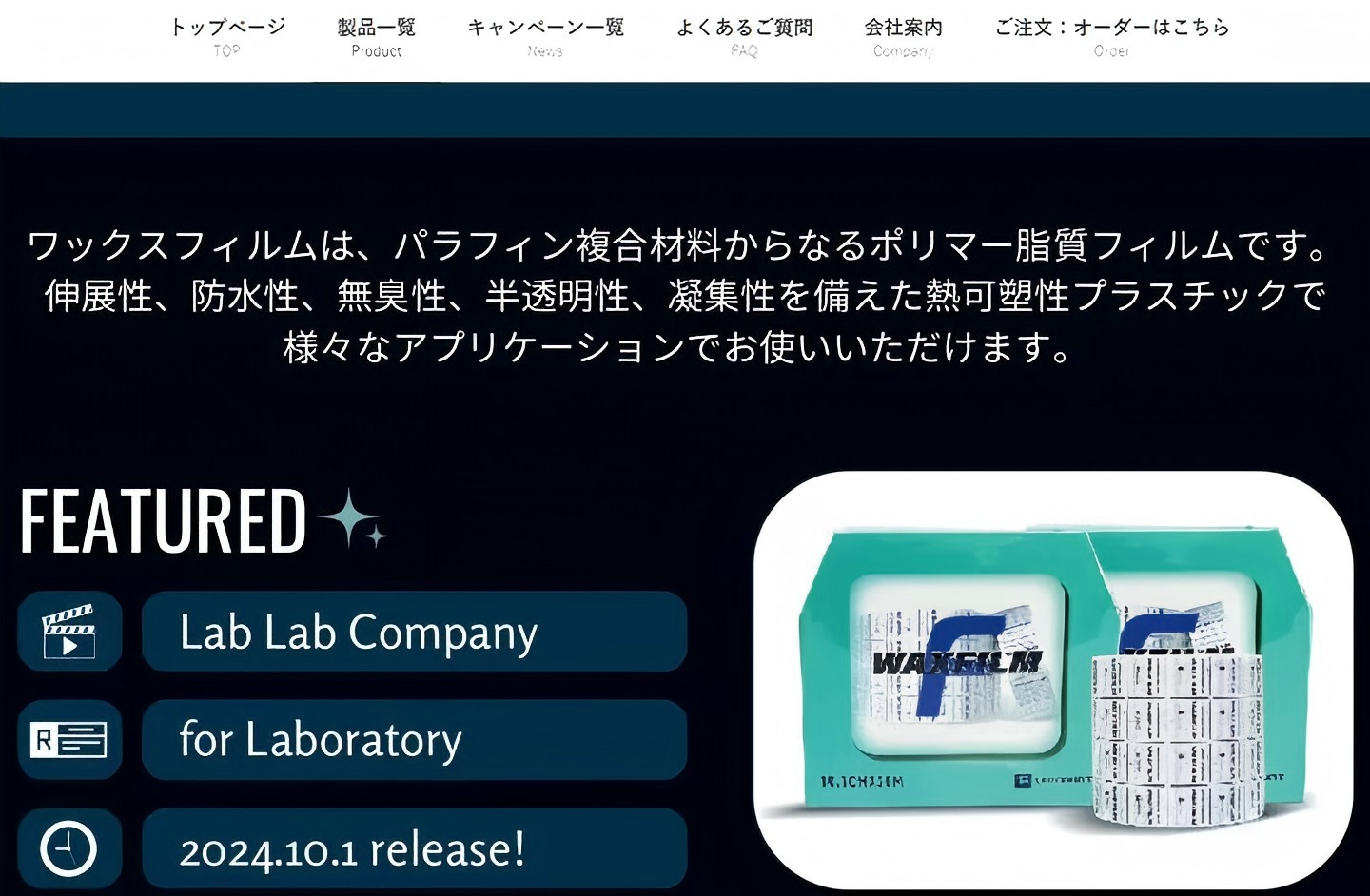
Waxfilm 实验室封口膜:技术与国际市场的双重突破
在实验室耗材领域,封口膜是保障实验准确性与稳定性的关键产品之一。近年来,Waxfilm?实验室封口膜凭借其卓...
2025/5/13 13:03:40
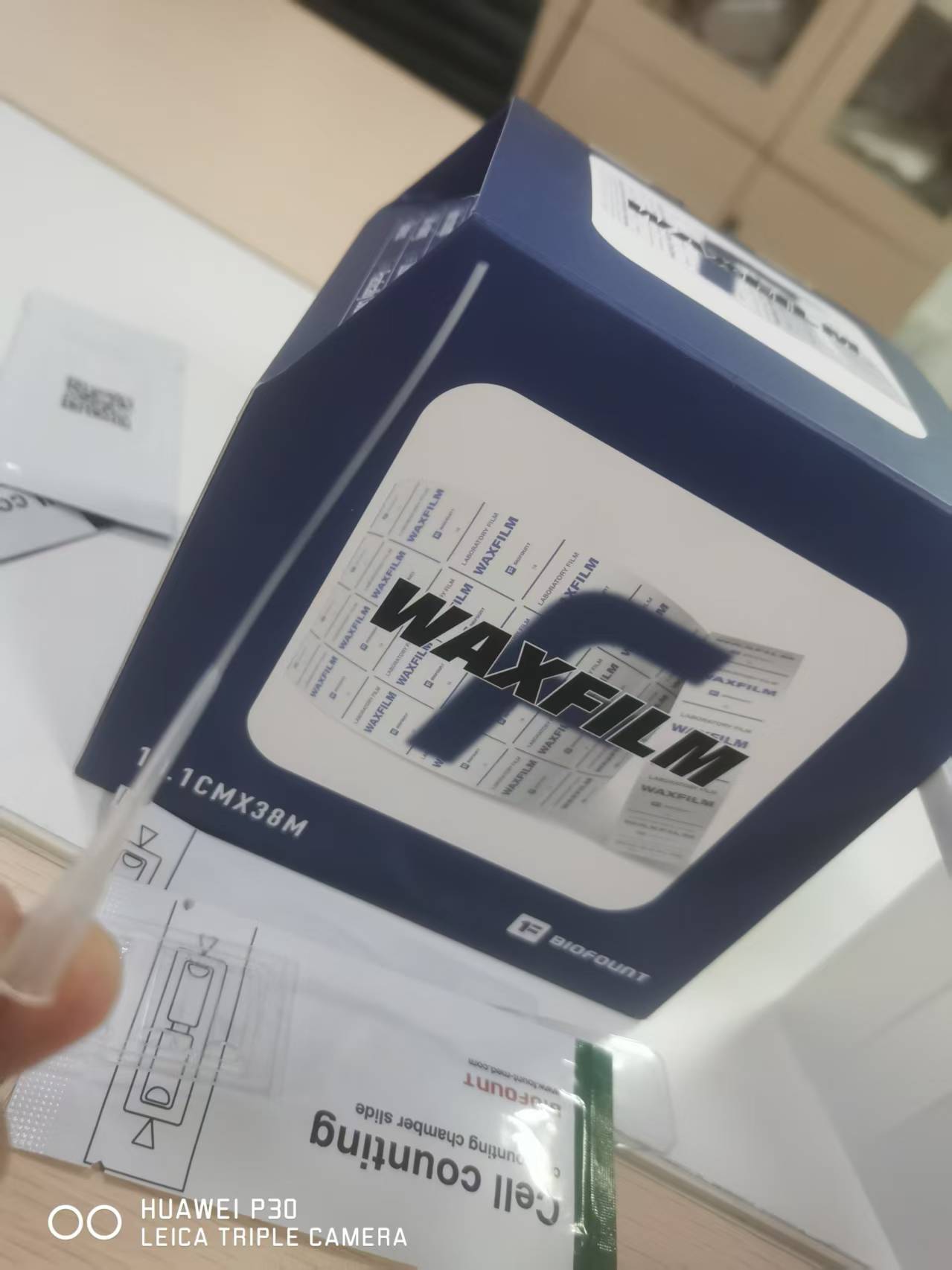
Waxfilm实验室封口膜的5大突破
Waxfilm实验室封口膜作为生物功能膜领域的国产技术突破和品牌突破,是生物领域中国技术发展的缩影。
2025/5/6 17:02:07
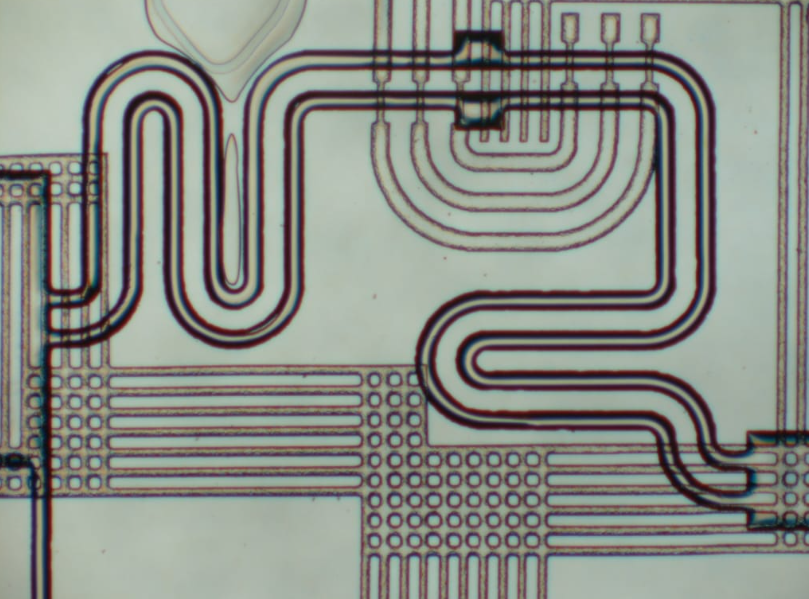
各种微流控芯片键合方法的优缺点
微流控芯片键合:目前主要有激光焊接、热压键合、胶键合、超音波焊接,每种方法都有各自的优缺点。本文主要介绍聚酯...
2023/7/28 10:43:09
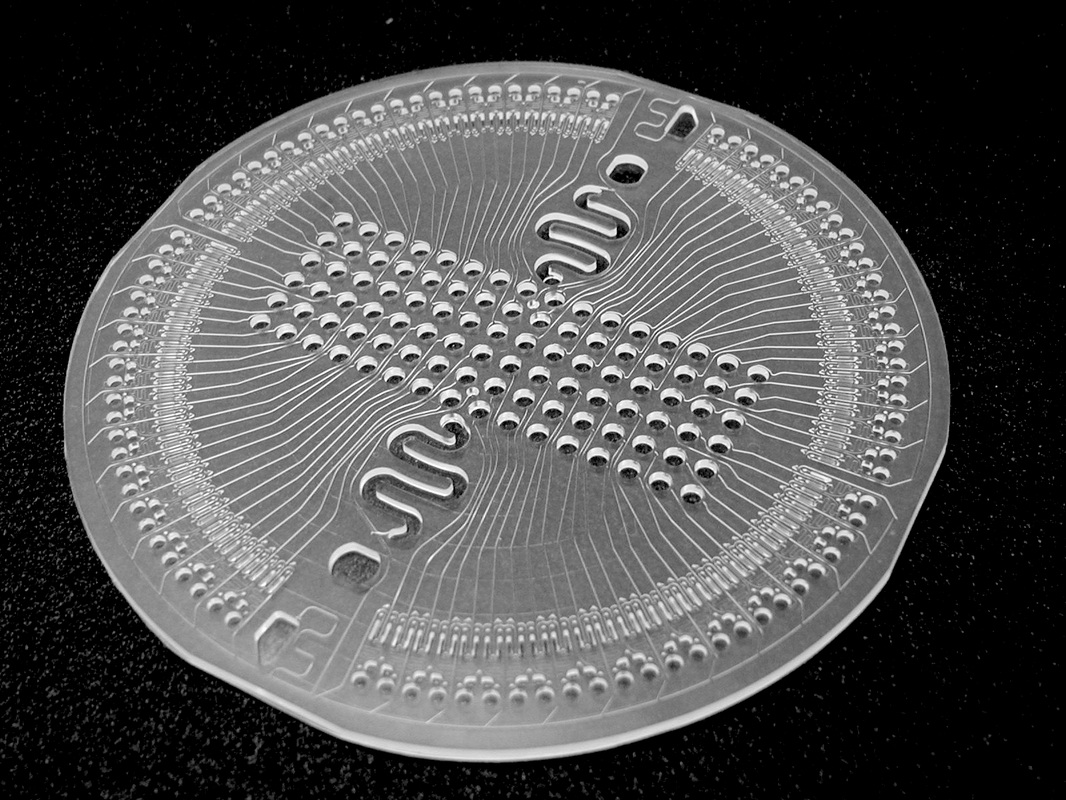
新一代微流控键合解决方案
微流控键合解决方案:微流控芯片制造的一个重要环节,也是最容易被忽视的--芯片键合。其中一个重要因素是:微流控...
2023/7/27 12:44:28
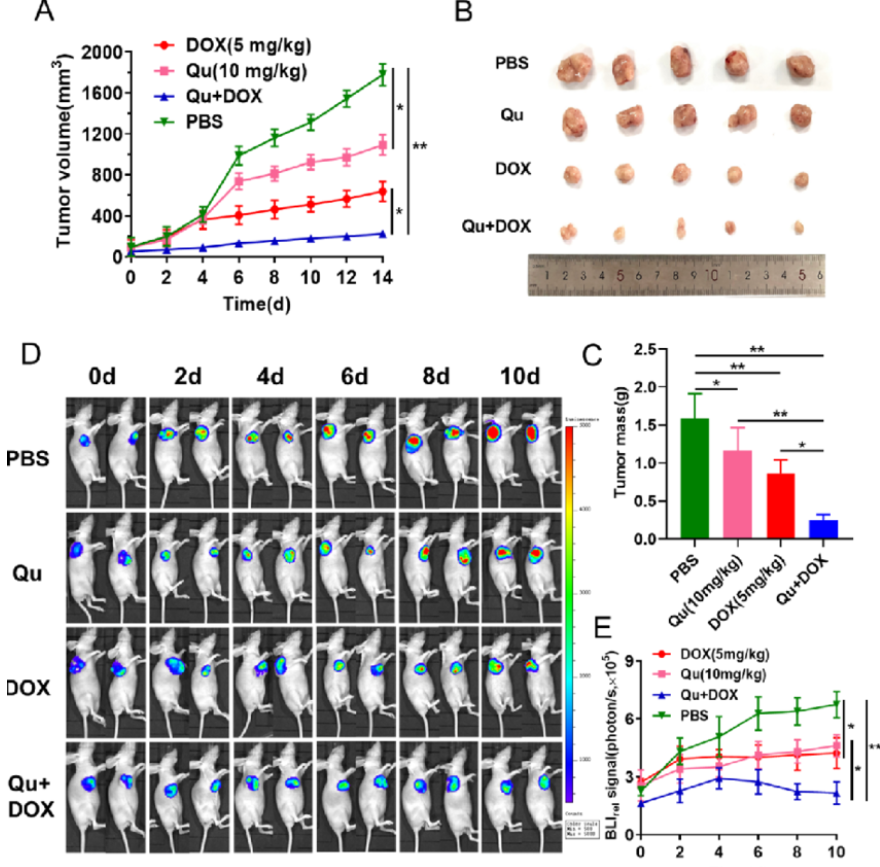
荧光素钾盐使用说明
D-荧光素钾盐(K+)设计用于体外和体内生物发光测定。D-荧光素的质量和纯度对于获得良好和可重复的结果至关重...
2023/7/20 11:05:11
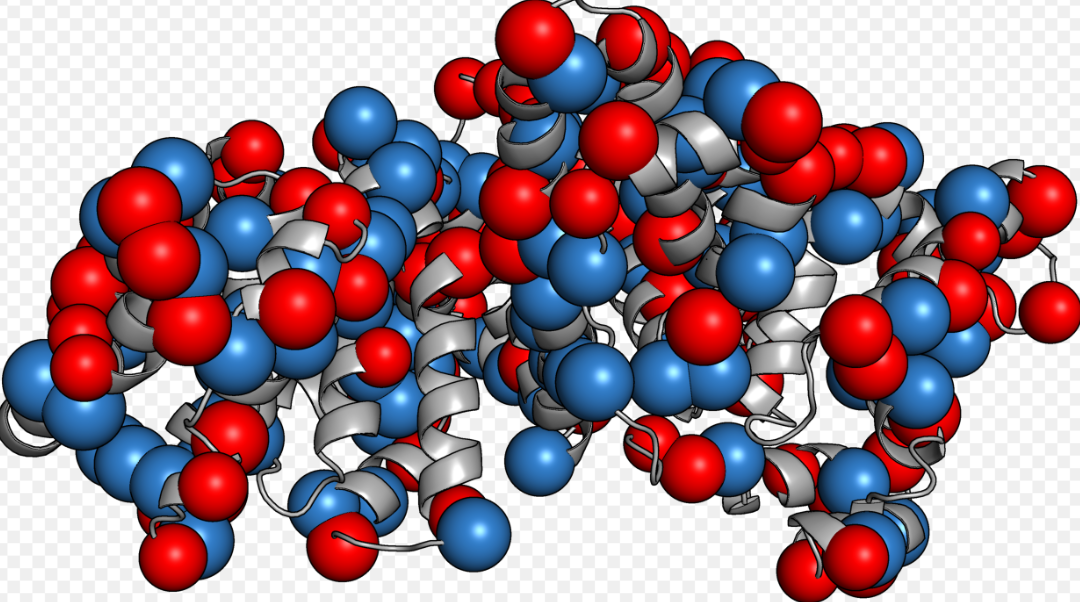
如何选BSA(牛血清白蛋白)
如何选BSA(牛血清白蛋白):牛血清白蛋白(BSA)有多种形式,如何选择适合自己的牛血清白蛋白(BSA)是一...
2023/2/14 13:09:18
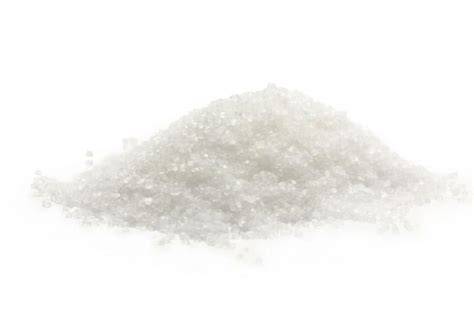
牛血清白蛋白(BSA)常见问题
牛血清白蛋白(BSA)常见问题:牛血清白蛋白(BSA)在实验室中是通用的,可用于蛋白质印迹、细胞组织培养、P...
2022/10/19 9:39:51

pubmed使用方法(技巧)
pubmed使用方法(技巧):PubMed是一个关于医学问题的学术文章和书籍的数据库。因为它是一份学术期刊,...
2022/10/18 18:06:07




 购物车
购物车 



